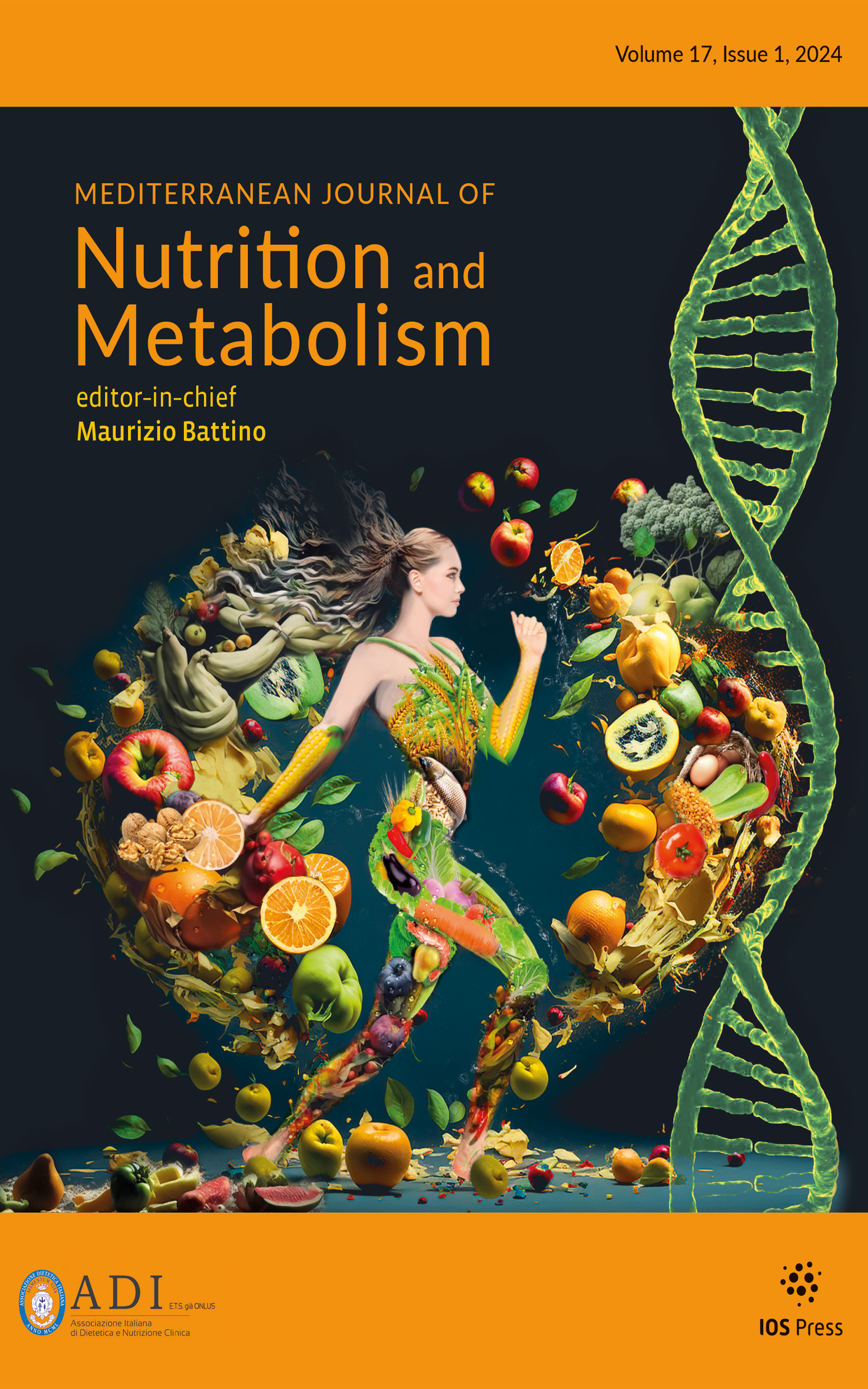Authors: Fatati, Giuseppe | Cortinovis, Fiorenzo | Fontana, Lucia | Fusco, Maria Antonia | Leotta, Sergio | Marelli, Giuseppe | Mirri, Eva | Parillo, Mario | Sukkar, Samir G. | Tagliaferri, Marco | Tomasi, Franco | Tubili, Claudio
Article Type:
Position Paper
Abstract:
The prevalence of diabetes in hospitalised patients is not well identified; in 2000, 12.5% of patients discharged from US hospitals were diagnosed as having diabetes. In Italy data are limited; in Campania, these data show a 6% prevalence of diabetes in discharged patients, while in Emilia Romagna it reaches 21%. These data do not consider stress hyperglycaemia. There are in fact three categories of people who may have hyperglycaemia during hospitalisation: those with known diabetes diagnosed before hospitalisation; those with diabetes diagnosed during hospitalisation; and those with stress hyperglycaemia, i.e., hyperglycaemia occurring during hospitalisation, but decreasing at the time of
…discharge. Observational studies have clearly shown how hyperglycaemia leads to a worsening of prognosis because of increased morbidity and mortality and of longer hospitalisation in cases of known diabetes and of stress hyperglycaemia. Intervention studies have confirmed that strict glycaemic control brings about significant improvement of prognosis, thus the importance of good glycaemic control is recognised today, also for critically ill patients receiving artificial nutrition (AN). In recent years, the interest in prevention of microangiopathic and macroangiopathic complications has shifted the interest toward hyperglycaemic peaks and glycaemic variability, along with the “glycated haemoglobin” factor. In hospitals most patients do not receive adequate nutritional support for their calorie requirements, either for preventing or curing protein-energy malnutrition (PEM). One of the reasons for inadequate treatment is precisely the fear of worsening hyperglycaemia; from this perspective, hyperglycaemia is considered the major obstacle in practising proper nutritional support. On the other hand, the use of AN without adequate insulin therapy may cause serious metabolic decompensation. The ADI-AMD (Italian Dietetics and Clinic Nutrition Association-Diabetologist Association) Diabetes study group (GS) considered it advisable to review the previous recommendations drawn up in 2005. The scientific proof level at the basis of each recommendation was classified according to that provided for by the National Guidelines Plan. The document reports the objectives considered desirable in handling the majority of the patients with hyperglycaemia while receiving AN; comorbidity and other factors connected with the individual case may justify different choices.
Show more
Keywords: Artificial nutrition, Insulin, Diabetes, Parenteral nutrition, Enteral nutrition
DOI: 10.3233/s12349-009-0073-0
Citation: Mediterranean Journal of Nutrition and Metabolism,
vol. 3, no. 1, pp. 81-95, 2010
Price: EUR 27.50





